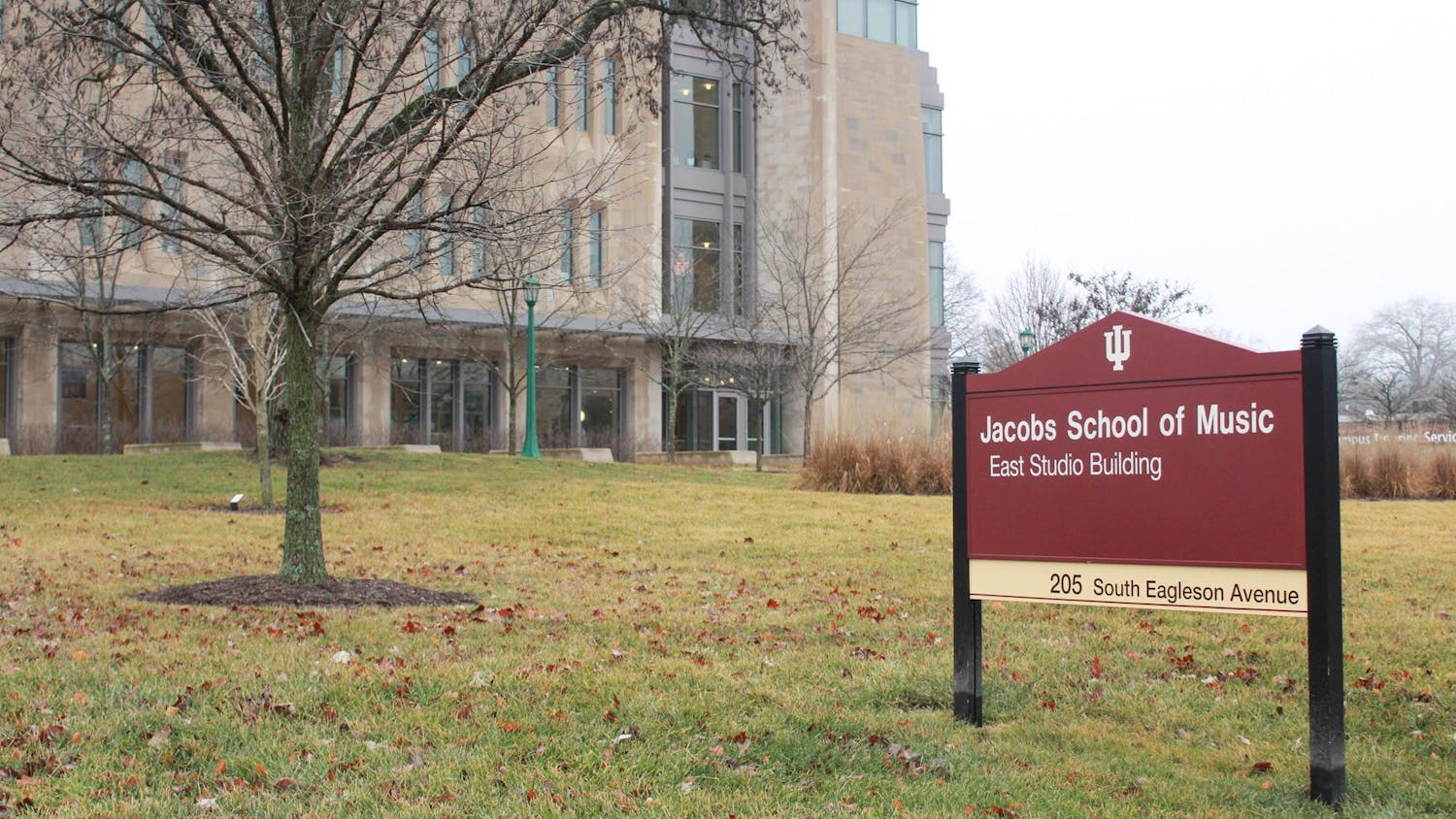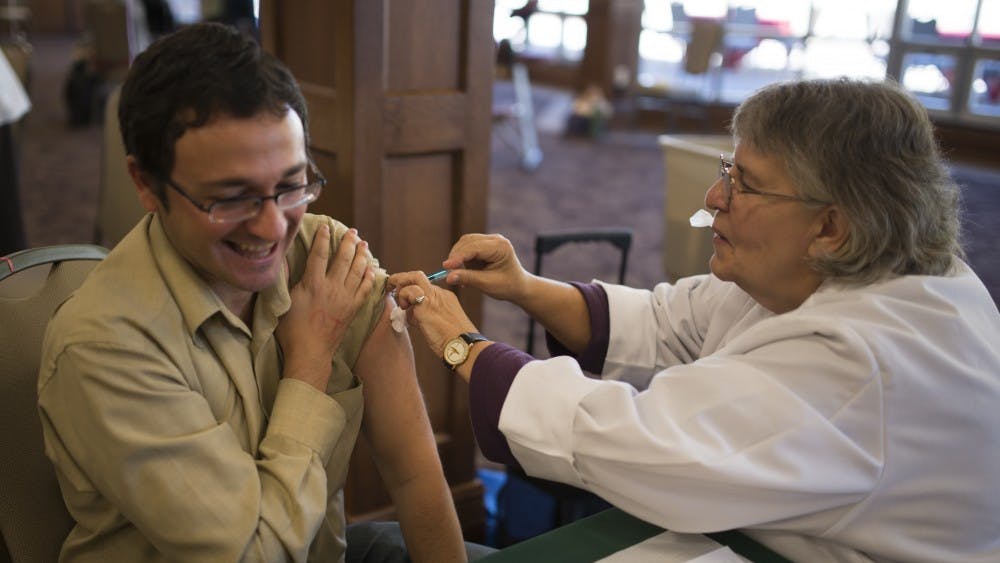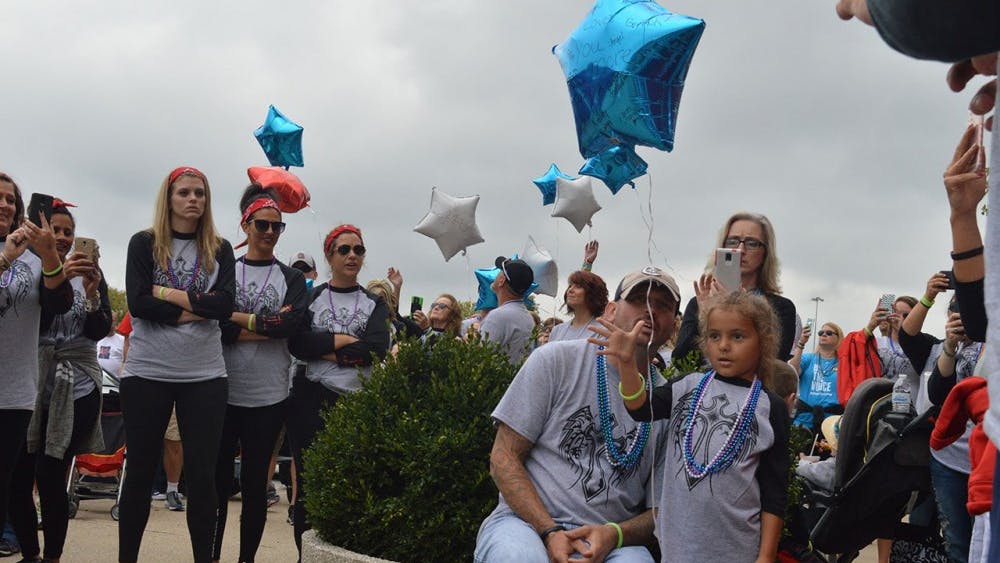Getting your morning jolt can be tough in Hawarden, Iowa, where there are 2,600 people and not one Starbucks or Dunkin’ Donuts. It’s even harder when you’re too young to drive.\nThis makes the middle and high school students at West Sioux Community School especially grateful for the Falcon Joe Coffee Shop, an oasis of espressos, lattes and other coffee drinks right inside their school.\n“It’s a very popular thing. Most of us hang out on the couches in the senior lounge and chat while we drink lattes,” said 18-year-old Diana Rubio, who has been drinking coffee since she was about 12.\nShe and the 3-year-old cafe – part of the school’s business curriculum – are part of a new and fast-growing culture of coffee-drinking youths who co-opted a drink once enjoyed mostly by adults.\nIt’s a change fueled by the easy-drinking, dessert-like coffee concoctions popular at so many coffee shops, as well as by permissive adults. Falcon Joe, for example, was the idea of the school principal.\n“Parents view it as the least of possible evils, and it’s something they do themselves,” said Kevin Osborn, who studies teen coffee-drinking trends as an analyst with consumer research firm Social Technologies. He likens the coffee shop to the soda shops of a generation ago.\n“It shows the level of acceptability with caffeine and adolescents if we are introducing it into our curriculum,” he said. “Coffee was not in the equation years ago and now people don’t even think about the consequence.” \nThough coffee consumption by teens isn’t well tracked, Dan Raiten, a nutrition researcher at the National Institutes of Health, said more children seem to be drinking more coffee, and starting at younger ages.\nIn 2001, 10 percent of visits to gourmet coffee and tea shops were by consumers under the age of 18, according to market research firm NPD Group. Last year it was 13 percent.\n“I like the taste,” said Brittany Vinson, 17, of East Orange, N.J., who purchases coffee from Dunkin’ Donuts a couple of times a week. “When I’m cold, it warms me up. I don’t like hot chocolate. Tea is for when I’m sick.”\nYonesha Donaldson, 17, of East Orange, N.J., said she started drinking the beverage two years ago. She limits herself to a cup a day but says she rarely wants more.\n“It tastes really good,” she said, adding that she throws in condensed milk and sugar. “It doesn’t give me a boost. It soothes me.”\nThe National Coffee Association says young people are the fastest growing coffee-drinking niche. In 2002, about 24 percent of 18- to 24-year-olds drank coffee. Last year, it was 37 percent.\nIt’s a trend the coffee companies aren’t fighting. Dunkin’ Donuts declined to comment except to say it provides a range of drinks that appeal to a broad demographic. Starbucks echoed that sentiment in a written statement, calling itself “a gathering place for the entire community.”\n“What makes young customers good customers is that they generally buy expensive, high-profit drinks, like Frappuccinos,” says Bryant Simon, a Temple University history professor who is writing a book about Starbucks.\n“They are important because they have the potential to become lifelong customers,” he says.\nBut are coffee drinks – with the fanciest concoctions often packed with sugar and fat – good for kids?\n“It is not associated with life-threatening health risk, but that is not to say that it is entirely benign,” says Roland Griffiths, a caffeine expert and professor of psychology and neuroscience at Johns Hopkins University.\n“Caffeine is likely the world’s most-used mood-altering drug and it does produce mood changes and physical dependence and withdrawal,” he says. “It needs to be recognized as a drug.”\nFor comparison, a 16-ounce Starbucks coffee has about 320 milligrams of caffeine. It would take more than nine 12-ounce Cokes to get that much caffeine from soda.\nA 2007 report by the Institute of Medicine’s Committee on Nutrition Standards for Foods in Schools advised against selling caffeinated products to children because of possible negative effects of dependency and withdrawal, including difficulty concentrating.\nBut sweet coffee drinks are making caffeine more accessible to children, says Dr. Mark Stein, a pediatrics professor and expert on children and caffeine at the University of Illinois at Chicago.\n“From commercials and the media the idea is that you need an extra jolt in life. And now that jolt tastes good to a 12-year-old,” he says. “The main concern is of kids becoming dependent on it and they need it to get going.”\nThe Falcon Joe cafe is no anomaly. School officials around the country rejoice at the flow of students into libraries after cafes are added. And high schoolers clutching coffee cups during morning classes has become the norm.\n“It’s a symbol of grown-up sophistication,” Simon said. “Caffeine isn’t great for you, but it can’t really kill you, so this is a safe place for expressing adolescent angst and desires for independence.”
Coffee: ‘least possible of evils’
Get stories like this in your inbox
Subscribe





